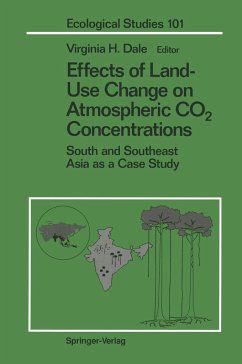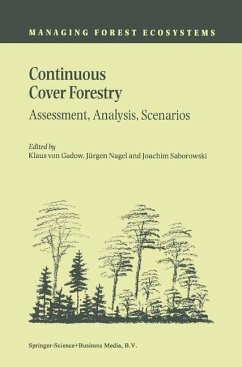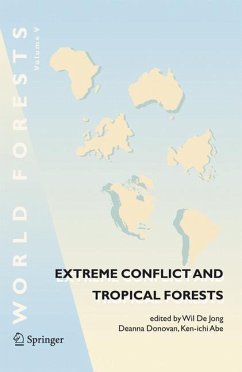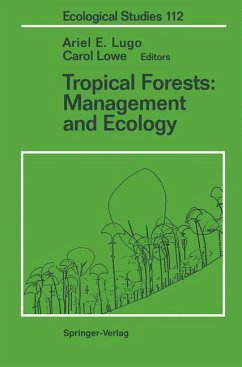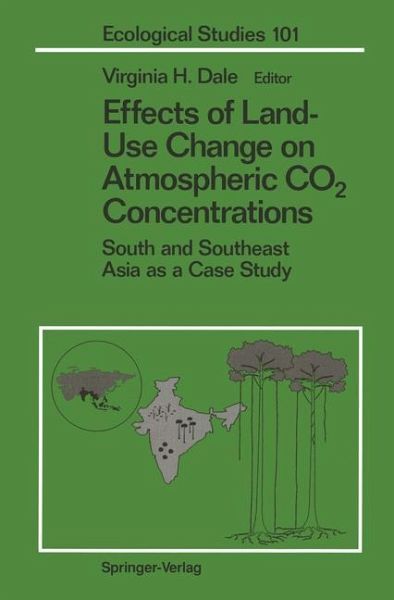
Effects of Land-Use Change on Atmospheric CO2 Concentrations
South and Southeast Asia as a Case Study
Herausgegeben von Dale, Virginia H.

PAYBACK Punkte
38 °P sammeln!
This book describes an extremely timely subject: the impact on the atmosphere of the changing use of land - notably deforestation - in the tropical forests of Asia. The authors have approached this problem from a variety of perspectives, including use of historical data, socioeconomic analyses, computer modeling, and ecological field research. While the research emphasizes atmospheric carbon dioxide and southeast Asia as a case study, the implications are global in their significance.
Roger C. Dahlman Environmental Sciences Division U.S. Department of Energy Washington, D.C. The potential for humans to alter Earth's atmosphere has been recognized since the end of the 19th century when Arrhenius estimated that a doubling of atmospheric carbon dioxide could alter the atmospheric radiation balance and raise average global temperature. Today, atmospheric CO concentrations play an important part in the 2 climate-change debate. Sources and sinks of CO associated with land use can be 2 significant determinants of the rate and magnitude of atmospheric CO change. 2 Combustion of fossil fuels and the deforestation associated with land-use change both contribute CO to the atmosphere; in contrast, biological processes on land create 2 potential sinks for the excess CO . Thus, land-use change and associated biological 2 processes become important elements in assessments of future atmospheric CO 2 increase; land-cover properties also affect the Earth's albedo, which is a climate feedback.





